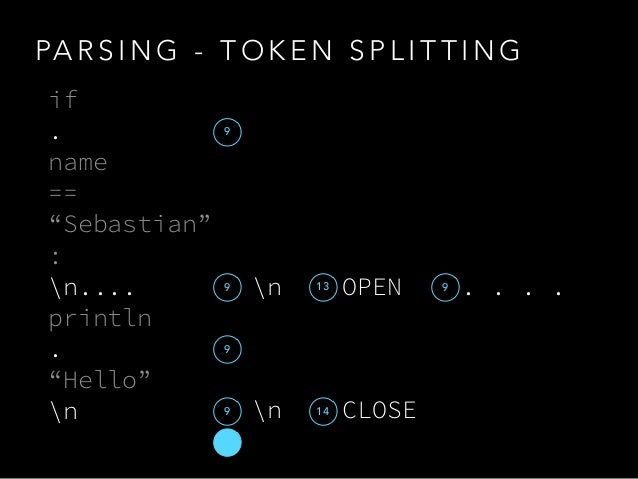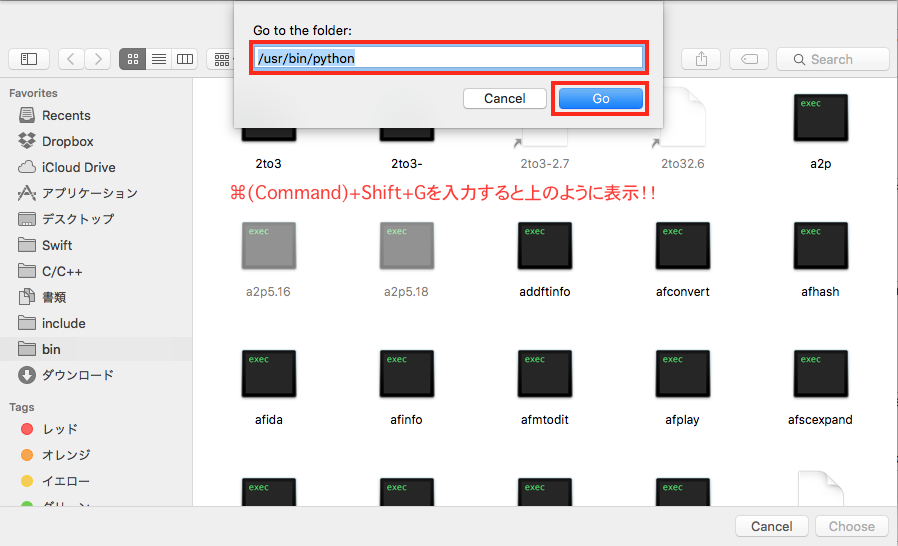
Instead of using the play button, in the menu bar, click "Product" → "Perform Action" → "Run Without Building" or simply use the keyboard shortcut ^⌘R. If you do not have administrative privileges or are not in the Developer group, you can still use Xcode for Python programming (but you still won't be able to develop in languages that require compiling). Running without administrative privileges: Surely there is some documentation floating around on the web about all of this.
#Python for xcode how to
As of right now, I have yet to figure out exactly how to get it to work with Java then again, I haven't done too much research. The method above can be applied to any interpreted language.
#Python for xcode free
Feel free to look through all the file type options it has, to gain an idea as to what all it is capable of doing. Note that if you open the "Utilities" panel, with the "Show the File inspector" tab active, the file type is automatically set to "Default - Python script".
#Python for xcode full
If there are spaces anywhere in the full path, you must include quotation marks at the beginning and end of this. Otherwise, you will have to type out the full path (or relative path if it's in a subfolder of the project folder) here. Remember, the Python program must be in the project folder.

Navigate to the project folder (it will not work, otherwise), enter the name of the Python file (including the “.py” extension), and click “Create”.In the menu bar, click “File” → “New” → “New File…”.Choose where to save it and click “Create”.

If you are unsure as to where your Python executables are, enter either of these commands into Terminal: which python3 and which python. Note that this assumes you have the symbolic link (that is setup by default) that resolves to the Python executable.




 0 kommentar(er)
0 kommentar(er)
